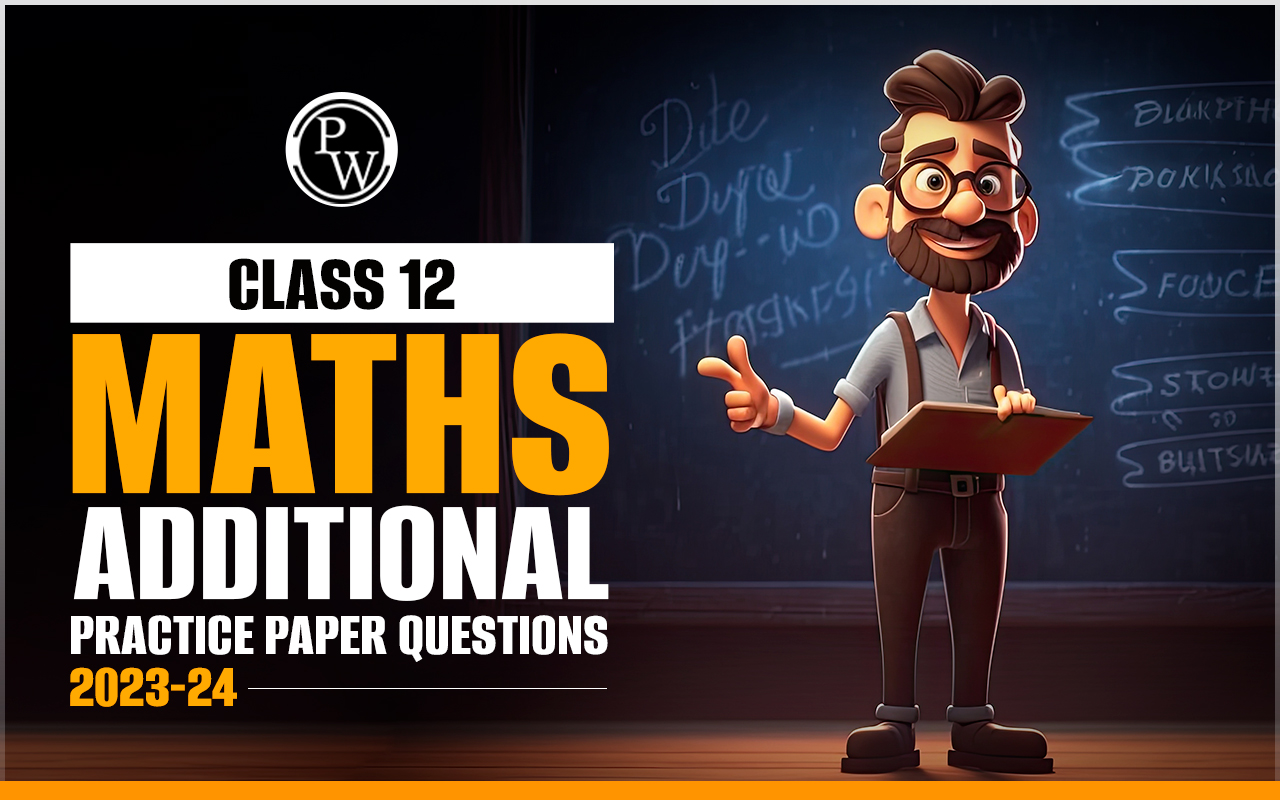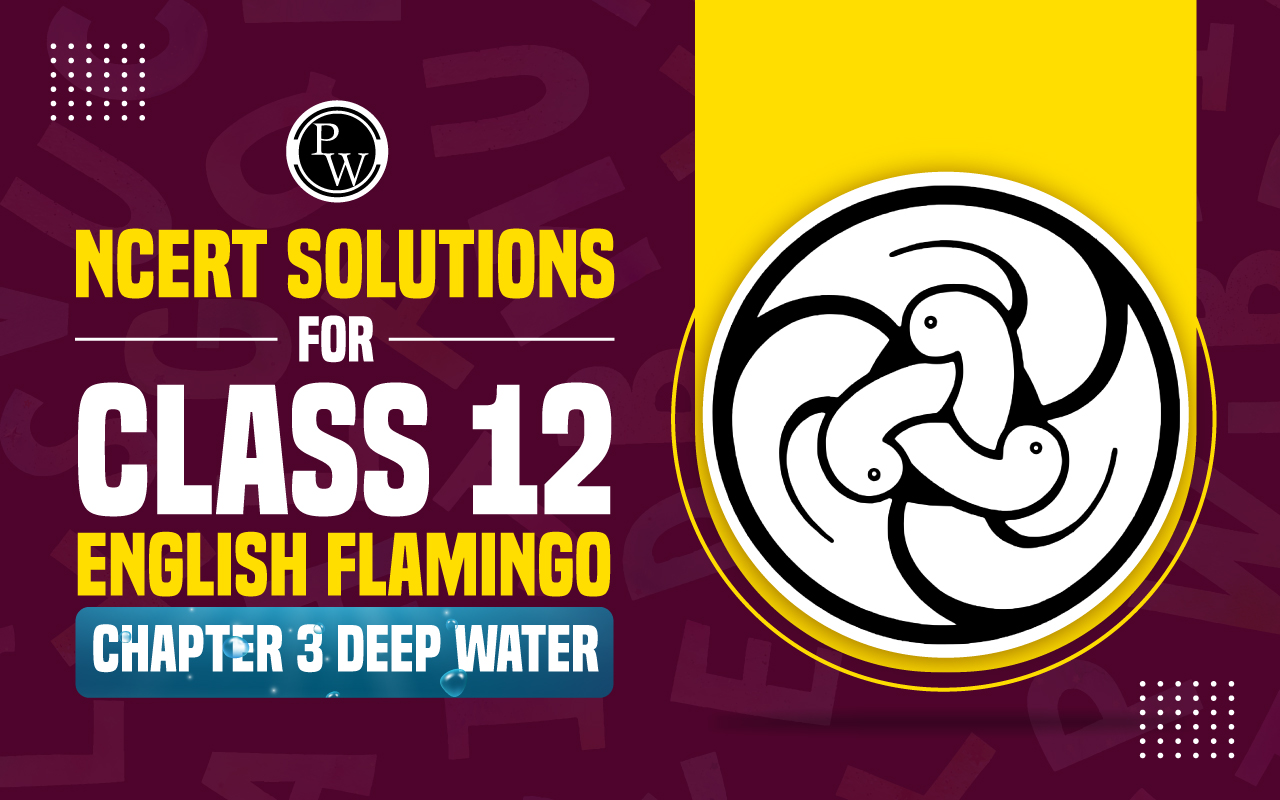

Electric charge flowing through a conductor, such a wire, is referred to as current Electricity . The term "electric current" refers to this movement of electric charge. Amperes (A), also known as "amps," are units used to measure electric current.
Electric Current
Electric charge moves through a conductor, like a wire, as electric current. When an electric potential difference (voltage) is placed across a conductor, it causes electrons or other charged particles to travel. Electrical systems and equipment are powered by electric current, which enables energy to be transferred and a variety of tasks to be carried out.
The unit used to measure electric current is the ampere (A). One coulomb of charge moving through a spot in a conductor once every second is referred to as an ampere.
Also Check - Capacitance Formulas
Formula for Electric Current:
I= Q/ T =Δ q/Δ t ,
Where,
I= Electric Current
Q= Charge moving
T= Time
Electric Current in Conductor
The movement of an electric charge through a conductor is referred to as electric current in that conductor. When an electric potential difference (voltage) is supplied across a conductor, charged particles—typically electrons—move in response.
Formula for Electric Current in Conductor:
I=nAeV
Or,
I=neA V d
Current Density
A key idea in electromagnetism is current density, which quantifies how =much electricity flows across a conductor's unit area. It offers a means to explain how evenly electric charge is dispersed across the cross-sectional area of a conductor. The unit of measurement for current density is amperes per square metre ( A/ m 2 ) or another suitable unit depending on the measurement technique being used. It is represented by the symbol "J".
Formula for Current Density:
J = dI‾ / dt n
Also Check - Current Electricity Formula
Electric Resistance
The ability of a material to resist the flow of electrical current through it is known as electrical resistance. When a voltage is put across a material, the degree to which it resists the flow of electric charge is measured. In other words, resistance defines how much an electric current flow through a conductor is obstructed.
Formula for Electric Resistance:
V=IR
Where,
V= voltage
I= Current
R= Resistance,
is called resistivity, it is also called specific resistance and,
ρ= 2m/ n e 2 τ = 1/σ ,
Where,σ is called conductivity.
Therefore current in conductors is proportional to potential difference applied across its ends. This is called Ohms’s law.
Unit of Ohm’s Law,
R→ ohm(Ω ),ρ→ ohm-meter(Ω -m) ,
Also called siemens,σ→Ω -1 m -1 .
Dependence of resistance on Temperature: R= R º (1+αθ ) .
Electri current in resistance
I=V 2 -V 1 /R
Electric Power
The rate at which electric energy is used, produced, or transmitted in an electrical circuit is referred to as electrical power. It's a gauge for how quickly an electrical system completes electrical tasks or transforms energy from one form to another.
The watt (W), which is equal to one joule of energy per second, is the unit of electrical power. Electrical power (P) is computed mathematically using the following formula:
P=VI,
Where,
P= Electric Power
V= Electric voltage
I= Electric current
And,
Energy=ഽpdt
P= I 2 R=VI= V 2 R
Unit of Electric power ij Joule.
Also Check - Electromagnetic Induction Formula
Krichoff’s Law
Kirchhoff's laws, in particular Kirchhoff's Current Law (KCL) and Kirchhoff's Voltage Law (KVL), are basic ideas applied to the analysis and solution of electrical circuits. In the middle of the 19th century, German scientist Gustav Kirchhoff developed these rules. They offer methodical approaches for applying the charge and energy conservation laws in circuit analysis.
KCL, or Kirchhoff's Current Law:
According to KCL, the total current entering and leaving a junction (or node) in an electrical circuit are equal. In other words, the total current flowing through a circuit's nodes is zero.
∑I in =∑ I out
KVL, or Kirchhoff's Voltage Law:
According to KVL, the total of the voltage sources within any closed loop in an electrical circuit equals the total of the voltage drops (or rises) around that loop.
∑IR+∑ EMF=0
Combinations of Resistance in Series
The same current passes through each resistor when they are connected in series because they are positioned one after the other along the same path. The sum of the individual resistances in a series combination represents the total resistance.
R= R 1 + R 2 + R 3 +...............................+ R n
Where,
R= resistance
Combinations of Resistance in Parallel
The same two endpoints are shared by parallel resistors, but they are linked to different branches of the circuit. Although the current is divided across the resistors in a parallel design, the voltage across each resistor remains constant. The sum of the reciprocals of each resistance in a parallel combination equals the reciprocal of the combined resistance.
1/ R eq = 1/ R 1 + 1/ R 2 + 1/ R 3
Wheatstone Networks
A Wheatstone bridge, often referred to as a Wheatstone network, is a circuit architecture that makes use of the null voltage or zero current principle to balance the bridge and measure unknown resistances. It bears the names of Sir Charles Wheatstone and Samuel Hunter Christie, who made use of it well known in the middle of the 19th century.
The Wheatstone bridge is made up of four resistors organised in the shape of a diamond, two of which are linked to a voltage source on either side, and the other two to a galvanometer (a sensitive current-measuring device). The remaining two corners are each connected to a known, adjustable resistance, with one connected to an unknown resistance.
The fundamental idea underlying the Wheatstone bridge is that it is balanced when the galvanometer exhibits no deflection, proving that there is no potential difference (voltage) between the two sites where the galvanometer is linked. When the ratio of the two resistances on one side of the bridge equals the ratio of the two resistances on the opposite side of the bridge, this occurs. Or to put it another way, the bridge is balanced when:
P/ Q = R/ S , then PS=QR
Grouping of Cells in Series
When many batteries or cells are wired in series, their positive terminals are wired to the neighbouring cells' negative terminals. While the overall capacity is unchanged in a series connection, the voltage of the cells increases. While maintaining a constant capacity, this design is employed to boost the overall voltage output.
Equivalent EMF, E eq = E 1 + E 2 +..............+ E n
Or,
Equivalent internal resistance,
r eq = r 1 + r 2 + r 3 +.....................+ r n
Grouping of cells in Parallel
When batteries or cells are connected in parallel, their positive terminals are connected to the positive terminals of neighbouring cells, and vice versa for their negative terminals. The capacity grows while the voltage stays constant in a parallel connection. With this setup, the overall capacity is raised while the voltage remains constant.
1/ r eq = 1/ r 1 + 1/ r 2 +.........................+ 1/ r n
Ammeter
Electric current in a circuit can be measured using an electrical measuring device called an ammeter. It is intended to be wired in series with the element of the circuit through which the current will be measured. An accurate readout of the current flowing through the component being tested is given by the ammeter.
Ammeters are crucial instruments for analysing, testing, and troubleshooting electrical circuits. They assist engineers, electricians, and enthusiasts diagnose problems and guarantee appropriate circuit performance by providing useful information regarding current flow. To prevent harming the instrument or the circuit being measured, it's crucial to use an ammeter safely and choose the right range.
Formula used in Ammeter:
I G .R G =(I-I G )S,
S=I G .R G /I-I G or, S=I G ×R G /I,
When I ≫ I G
Where, I= maximum current that can be measured using the given ammeter.
Voltmeter
The voltage differential between two locations in an electrical circuit is measured using a voltmeter, an electrical measurement device. A voltmeter is connected in parallel to the component or points across which the voltage is to be measured, unlike an ammeter, which measures current. The voltage between those two spots can be directly read off of a voltmeter.
Voltmeters are crucial devices for determining the source of electrical issues, testing circuitry, and assuring adequate voltage levels in a variety of applications. To get accurate and trustworthy voltage measurements when using a voltmeter, be sure to follow safety precautions, choose the proper range, and take the loading effect into account.
Formula used in Voltmeter:
V= I G . R S + I G . R G
R S = V/ I G - R G if R G ≪ R S ⇒ R S ≈ V/ I G
Also Check - Communication Formula
Potentiometer
A potentiometer, sometimes known as a "pot," is a three-terminal variable resistor with a movable knob or slider. It is frequently utilised in electrical and electronic circuits for a number of functions, including voltage division, volume control, and device parameter management. By twisting the knob or sliding the wiper, you can adjust the potentiometer's two fixed terminals' resistance values.
To avoid damage, make sure you stay within the allowed voltage and current limits while utilising potentiometers. They play a significant role in electrical engineering and electronics as they are adaptable components that are frequently utilised for calibration and control functions in electronic circuits.
Formula used in potentiometer:
I=ε/ r+R
Meter Bridge
A metre bridge, often referred to as a slide wire bridge or a Wheatstone bridge, is a lab tool used to precisely measure an unknowable resistance by balancing it against a predetermined resistance. The instrument comprises of a long, uniformly-sized wire (the bridge wire), stretched between two terminals, and a movable sliding contact (the jockey), which can be placed anywhere along the wire. Usually, a wooden or metal base supports the bridge.
The metre bridge, which is based on the Wheatstone bridge principle, is used to locate the location on the bridge wire where the bridge is balanced in order to calculate the value of an unknown resistance. The balancing point is the location where there is no current flowing through the galvanometer, a sensitive device for measuring current, demonstrating that there is no potential difference between the bridge wire's two ends.
Electricity Formula FAQs
What distinguishes AC and DC from one another?
Describe an electrical circuit.
Describe the conductor.
Describe an insulator.
Describe the fuse.
How does electromagnetic induction work?












